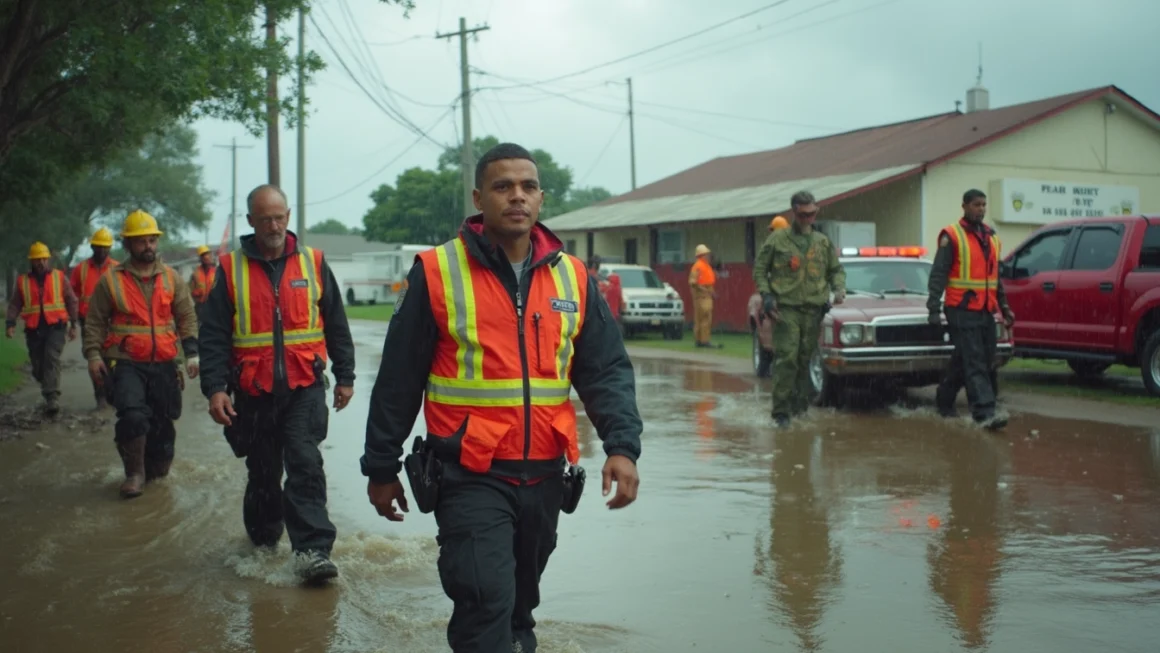The Rising Threat of Antibiotic Resistance
Table of Contents
In recent years, the global medical community has been grappling with a silent but potentially devastating crisis: antibiotic resistance. This growing threat poses significant challenges to modern healthcare and could potentially set us back to a pre-antibiotic era if left unchecked.
Understanding Antibiotic Resistance
Antibiotic resistance occurs when bacteria evolve to survive the effects of antibiotics designed to kill them. This natural process has been accelerated by the overuse and misuse of antibiotics in both human medicine and agriculture. As a result, infections that were once easily treatable are becoming increasingly difficult to manage.
The Scale of the Problem
The World Health Organization (WHO) has declared antibiotic resistance one of the top 10 global public health threats facing humanity. Each year, millions of people worldwide are affected by antibiotic-resistant infections, leading to longer hospital stays, higher medical costs, and increased mortality rates.
Common Resistant Infections
Several types of infections have shown alarming rates of antibiotic resistance:
- Methicillin-resistant Staphylococcus aureus (MRSA)
- Carbapenem-resistant Enterobacteriaceae (CRE)
- Multidrug-resistant tuberculosis (MDR-TB)
- Fluoroquinolone-resistant Campylobacter
Factors Contributing to Antibiotic Resistance
Several factors have contributed to the rise of antibiotic resistance:
- Overprescription of antibiotics
- Patients not completing prescribed antibiotic courses
- Widespread use of antibiotics in livestock farming
- Poor infection control in hospitals and clinics
- Lack of new antibiotic development by pharmaceutical companies
The Impact on Healthcare
The consequences of antibiotic resistance are far-reaching. Common medical procedures such as surgery, chemotherapy, and organ transplants rely heavily on effective antibiotics to prevent and treat infections. As resistance grows, these procedures become riskier, potentially limiting their use and impacting patient care.
Global Efforts to Combat Resistance
Recognizing the severity of the situation, global health organizations and governments are taking action. The WHO has launched a global action plan to tackle antimicrobial resistance, focusing on improving awareness, strengthening surveillance, and promoting research into new antibiotics and alternative treatments.
The Role of Technology
Technology is playing a crucial role in the fight against antibiotic resistance. Advanced diagnostic tools can quickly identify resistant bacteria, allowing for more targeted treatment. Additionally, automation tools are being used to streamline antibiotic stewardship programs in healthcare settings, ensuring more appropriate use of these vital drugs.
What Can Individuals Do?
While antibiotic resistance is a global issue, individuals can play a part in combating it:
- Only use antibiotics when prescribed by a healthcare professional
- Complete the full course of antibiotics as prescribed
- Never share antibiotics with others or use leftover antibiotics
- Practice good hygiene to prevent the spread of infections
- Get vaccinated to reduce the need for antibiotics
The Future of Antibiotic Development
The pipeline for new antibiotics has slowed significantly in recent decades. However, there is hope on the horizon. Researchers are exploring innovative approaches such as bacteriophage therapy, antimicrobial peptides, and CRISPR gene editing technology to combat resistant bacteria.
Conclusion
Antibiotic resistance is a complex, multifaceted problem that requires a coordinated global response. By raising awareness, promoting responsible antibiotic use, and investing in research and development, we can work towards preserving the efficacy of these life-saving drugs for future generations. The fight against antibiotic resistance is not just a medical challenge – it’s a race against time to safeguard one of the most important medical advances of the 20th century.




